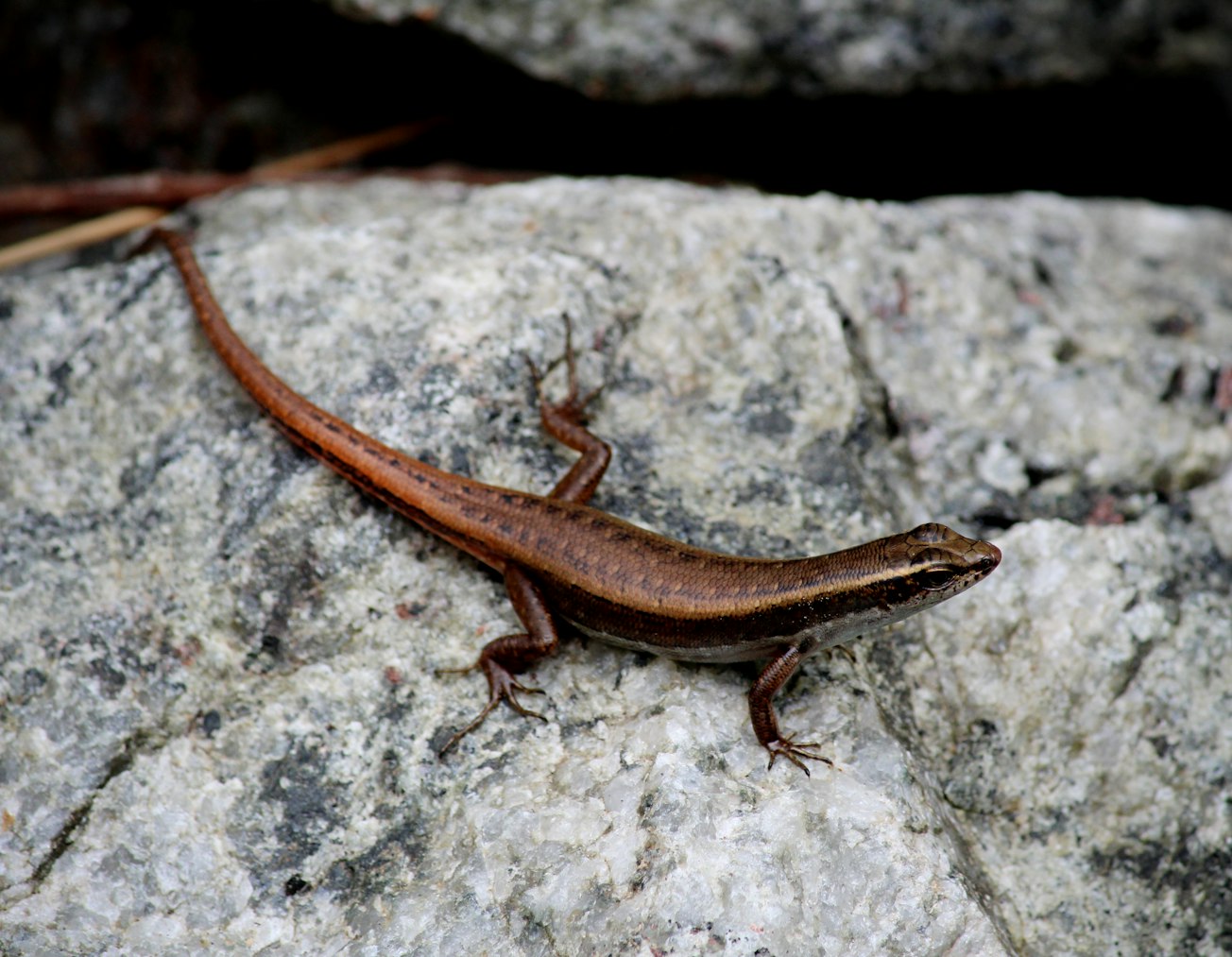What is it about?
Predicting the distribution of species relies increasingly on understanding the spatially explicit constraints of environmental conditions on an organism's physiological traits. We combined an empirical model of temperature‐dependent embryonic development with a mechanistic model of soil temperatures to examine potential thermal limitations on the distribution of a nocturnal, oviparous skink, Oligosoma suteri, a range‐restricted endemic. We estimated a thermal requirement for successful embryonic development as 616 degree‐days above a threshold of 13.8°C. We then modelled soil temperatures at representative sites across New Zealand and predicted duration of incubation to map the distribution of potentially viable oviposition sites, given variation in the timing of egg‐laying under even temperature increases. Successful development of O. suteri embryos is predicted to be possible in locations outside their current distribution. Increasing temperatures increased the species’ potential range, reducing incubation duration and lengthening the oviposition window. However, due to the disconnected nature of their rocky shore habitat, individuals may not be able to disperse to currently uninhabited sites within that extended range. Furthermore, although locations may be thermally suitable for incubation, predation by introduced mammals, competition and habitat modification may prevent successful establishment of populations.
Featured Image

Photo by Arun J on Unsplash
Why is it important?
Our models contribute to understanding fundamental physiological constraints on an important life history stage that will inform conservation management actions, including potential future translocations.
Read the Original
This page is a summary of: Modelled incubation conditions indicate wider potential distributions based on thermal requirements for an oviparous lizard, Journal of Biogeography, June 2018, Wiley,
DOI: 10.1111/jbi.13363.
You can read the full text:
Resources
Contributors
The following have contributed to this page










